Best Stem Cell Therapy Clinics in Japan: Expert Guide
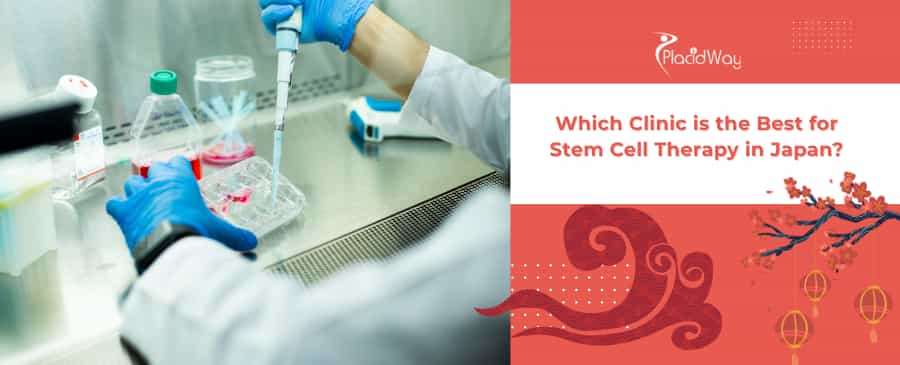
Are you considering stem cell therapy? You have likely heard that Japan is a global leader in this advanced field. With its groundbreaking research and clear-cut regulations, Japan has become a top destination for patients seeking regenerative treatments. But this popularity leads to the big question: "Which clinic is the best for stem cell therapy in Japan?" It’s a vital question, and the answer is a bit more nuanced than simply picking a name from a list.
The truth is, the "best" clinic isn't a one-size-fits-all answer. The best clinic for you is the one that is legally authorized to treat your specific condition, has proven experience, and operates with the highest safety standards. Japan’s government has done a lot of the heavy lifting for patients by creating a strict regulatory system. This means you can identify top-tier clinics by looking for specific credentials, like approval from the Ministry of Health, Labour and Welfare (MHLW).
This guide will walk you through everything you need to know. We will explore how Japan’s system works, what makes it safe, what treatments cost, and how you can find a high-quality, reputable clinic for your specific health needs. We'll answer the most common questions people ask about stem cell therapy in Japan to help you understand the landscape and make an informed decision.
What is stem cell therapy and why is Japan a leader?
Stem cells are the body's raw materials—cells from which all other cells with specialized functions are generated. Under the right conditions, they can divide to form more cells, which can then become specialized cells like muscle cells, brain cells, or bone cells. This healing potential is the key to regenerative medicine.
Japan's leadership isn't just about research; it's about implementation. In 2014, the government passed laws that created a clear and fast-tracked pathway for clinics to offer stem cell therapies. This encouraged investment and innovation, allowing clinics to provide treatments for conditions like osteoarthritis, heart disease, and autoimmune disorders under strict government oversight.
How is stem cell therapy in Japan regulated?
This is the most important factor for patients. Unlike in many other countries where stem cell therapy might be in a legal gray area, Japan has a clear, national framework. The ASRM provides a high level of patient protection. Before a clinic can offer any stem cell treatment, it must submit a detailed plan to a government-accredited committee.
This plan must outline:
- The source of the stem cells (e.g., from the patient's own fat).
- The condition being treated (e.g., knee osteoarthritis).
- How the cells will be processed and cultured.
- All safety and quality control protocols.
Only after this plan is reviewed and approved can the clinic legally offer the therapy. This system ensures that treatments are not just experimental but are provided within a regulated, safety-focused environment.
Is stem cell therapy in Japan safe?
The safety of the procedure is a primary focus of the Japanese regulatory system. The law requires that all cell processing (the separation, cultivation, and storage of stem cells) must be done in a specialized, government-certified lab called a Cell Processing Center (CPC).
These CPCs are high-tech, clean-room facilities that must adhere to strict standards for quality control and purity. This virtually eliminates the risk of contamination, which is a significant concern in less-regulated countries. Using autologous cells (your own cells) also removes the risk of rejection or allergic reaction, further enhancing the safety profile.
How do I find the "best" stem cell clinic in Japan for my needs?
Here is a checklist to use when researching clinics:
- MHLW Approval: This is non-negotiable. Ask the clinic for its MHLW approval or "Notification Number." A legitimate clinic will be transparent about this.
- Certified CPC: Ask where your cells will be processed. A top clinic will proudly name its certified lab partner.
- Specialization: Does the clinic specialize in your condition? A clinic known for orthopedics is a better choice for knee pain than one focused on aesthetics.
- Doctor's Experience: Look into the credentials of the doctors. How long have they been practicing regenerative medicine?
- Transparency: The clinic should provide a clear, itemized quote and patiently answer all your questions about risks, procedures, and realistic outcomes.
What types of stem cell therapy are available in Japan?
Adipose-derived stem cells are popular for several reasons. They are abundant (fat tissue contains many stem cells), easy to harvest with a simple mini-liposuction procedure, and, because they are your own cells, they are perfectly compatible with your body.
Treatments are typically administered in two ways:
- Local Injection: Used for conditions like osteoarthritis. The processed stem cells are injected directly into the affected joint (e.g., the knee or shoulder).
- IV Infusion: Used for systemic conditions like anti-aging, fatigue, or autoimmune disorders. The stem cells are administered through a standard intravenous drip, allowing them to travel throughout the body to sites of inflammation and damage.
What is the cost of stem cell therapy in Japan?
The cost is a significant factor, and it's important to understand what is included in the price. The high cost is due to the specialized, high-tech lab work involved in culturing cells to a high, pure, and viable count (often 100-200 million cells per infusion).
Factors influencing the price include:
- Treatment Type: A single local injection is less expensive than a systemic IV infusion.
- Cell Count: Higher cell counts (common for neurological or anti-aging treatments) require more extensive lab cultivation and are more expensive.
- Number of Sessions: Some protocols recommend a series of treatments, which increases the total cost.
- Clinic Reputation: Premier clinics in Tokyo may have higher prices.
Cost Comparison Table (Estimates)
| Treatment Type | Condition Treated | Estimated Cost (JPY) | Estimated Cost (USD) |
|---|---|---|---|
| Local Injection (Knee) | Osteoarthritis (One Knee) | ¥1,000,000 - ¥1,500,000 | $6,500 - $9,700 |
| Aesthetic / Skin | Facial Rejuvenation | ¥1,000,000 - ¥1,600,000 | $6,500 - $10,300 |
| Systemic IV Infusion | Anti-Aging / Longevity | ¥3,400,000 - ¥6,000,000+ | $22,000 - $38,800+ |
| Systemic IV Infusion | Neurological (e.g., Parkinson's) | ¥4,400,000 - ¥9,900,000+ | $28,400 - $64,000+ |
What conditions are commonly treated with stem cell therapy in Japan?
The permissible treatments are determined by the MHLW-approved plans. Orthopedic issues like knee, hip, and shoulder pain are the most common and have a high rate of success in reducing pain and improving mobility. Anti-aging and wellness infusions are also very popular, aimed at reducing systemic inflammation and improving overall vitality.
Can stem cell therapy in Japan help with anti-aging?
The theory behind this treatment is that aging is, in large part, a result of chronic inflammation and a decline in the body's natural repair mechanisms. An IV infusion of healthy, potent stem cells (yours, but cultured to be numerous and active) can help "reset" this system.
Patients who undergo anti-aging protocols often report benefits like:
- Increased energy and reduced fatigue
- Improved skin quality and elasticity
- Better sleep and cognitive function
- Reduced joint aches and pains
What about stem cell therapy for knee osteoarthritis in Japan?
This is one of the most successful and sought-after applications of stem cell therapy. For many patients, it offers a powerful alternative to knee replacement surgery. The stem cells' anti-inflammatory properties provide quick relief from pain, while their regenerative capabilities can work to repair the damaged joint tissue over the following months, leading to long-lasting results and improved mobility.
Are there good clinics in Japan for neurological conditions like Parkinson's?
For example, clinics like the Biostar Stem Cell Research Institute have MHLW approval for Parkinson's treatment protocols using autologous adipose-derived stem cells. These are advanced treatments and are not a "cure," but they aim to manage symptoms, reduce inflammation in the brain, and support neural health. It is crucial to seek a clinic that has a specific, MHLW-approved plan for your exact neurological condition.
What is the process for getting stem cell therapy in Japan?
Here is a typical step-by-step breakdown:
- Remote Consultation: You will start by sending your medical records and having a video consultation with the doctor.
- Trip 1 (approx. 2-3 days):
- Day 1: In-person consultation, final checks, and comprehensive blood tests.
- Day 2: Fat harvesting. A small amount of fat (about 20-50cc) is taken from your abdomen or thigh under local anesthesia. This is a minor procedure. You can fly home the next day.
- Cell Cultivation (4-6 weeks): Your harvested cells are sent to the CPC. Technicians isolate the stem cells and culture them, growing their numbers from a few million to 100-200 million or more.
- Trip 2 (approx. 2-3 days):
- Day 1: Arrive in Japan.
- Day 2: Treatment day. The cultured stem cells are administered, usually through a simple IV drip (which takes 60-90 minutes) or a joint injection. You will be monitored for a short time and can then leave the clinic.
- Day 3: You are typically cleared to fly home.
Do I need a special visa to get medical treatment in Japan?
Since the stem cell therapy process is typically broken into two short trips, the standard tourist visa-free entry is usually sufficient. However, it is essential to check your country's specific visa requirements with the Japanese embassy. Reputable clinics with international patient departments will provide you with all the necessary documentation and guidance for your visa application if one is needed.
How can I verify a clinic's credentials?
You can also use a trusted medical tourism partner, like PlacidWay, which pre-vets clinics for these exact credentials. This adds an extra layer of security, as they have already done the due diligence to ensure the clinic is compliant, accredited, and has a history of treating international patients successfully. Never rely on flashy marketing alone; always demand to see the official approvals.
Ready to Explore Your Options in Japan?
Navigating the world of regenerative medicine can be challenging, but you don't have to do it alone. For personalized assistance, explore the vetted clinics and treatment packages available through PlacidWay, a leader in connecting patients with trusted, high-quality global healthcare solutions.


.png)

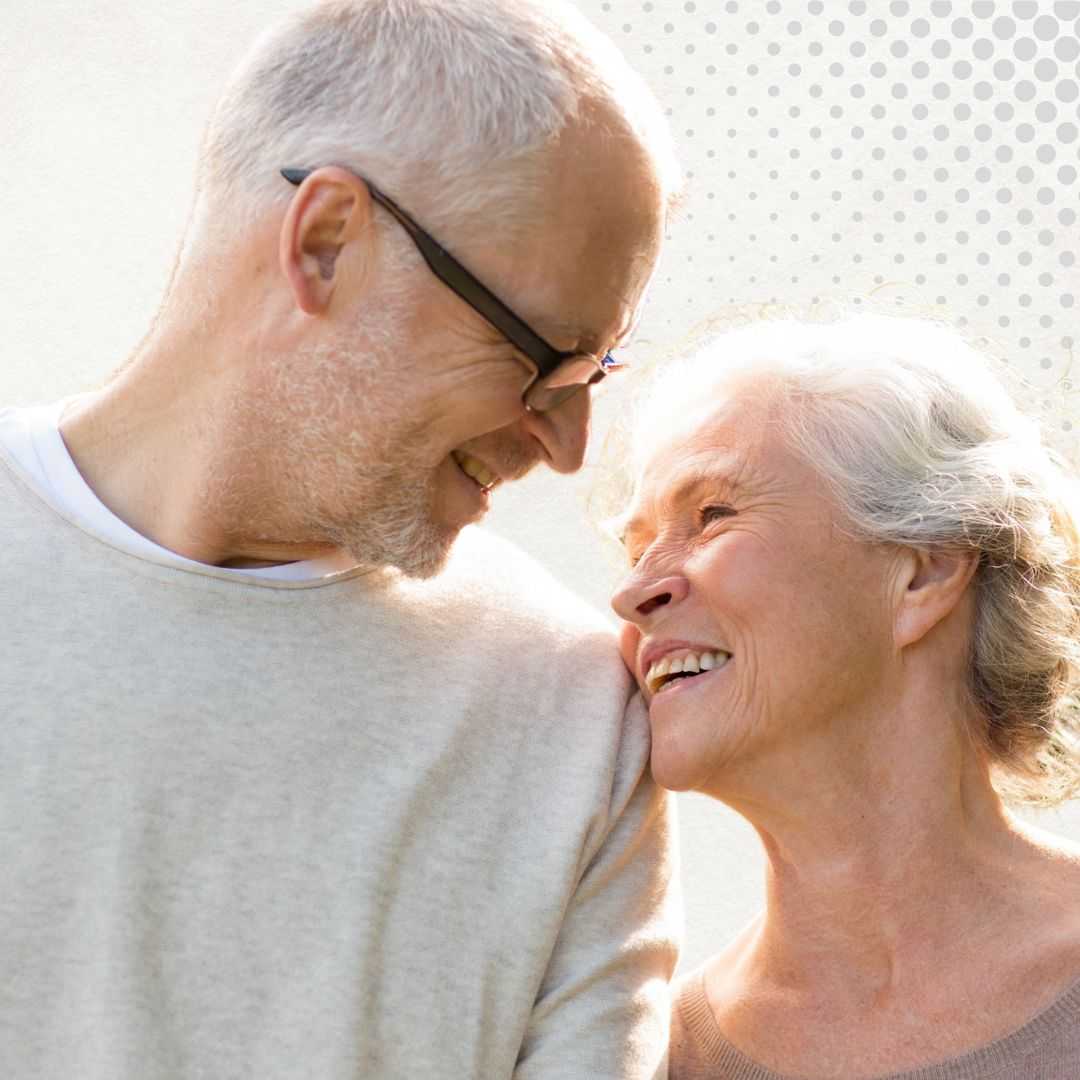
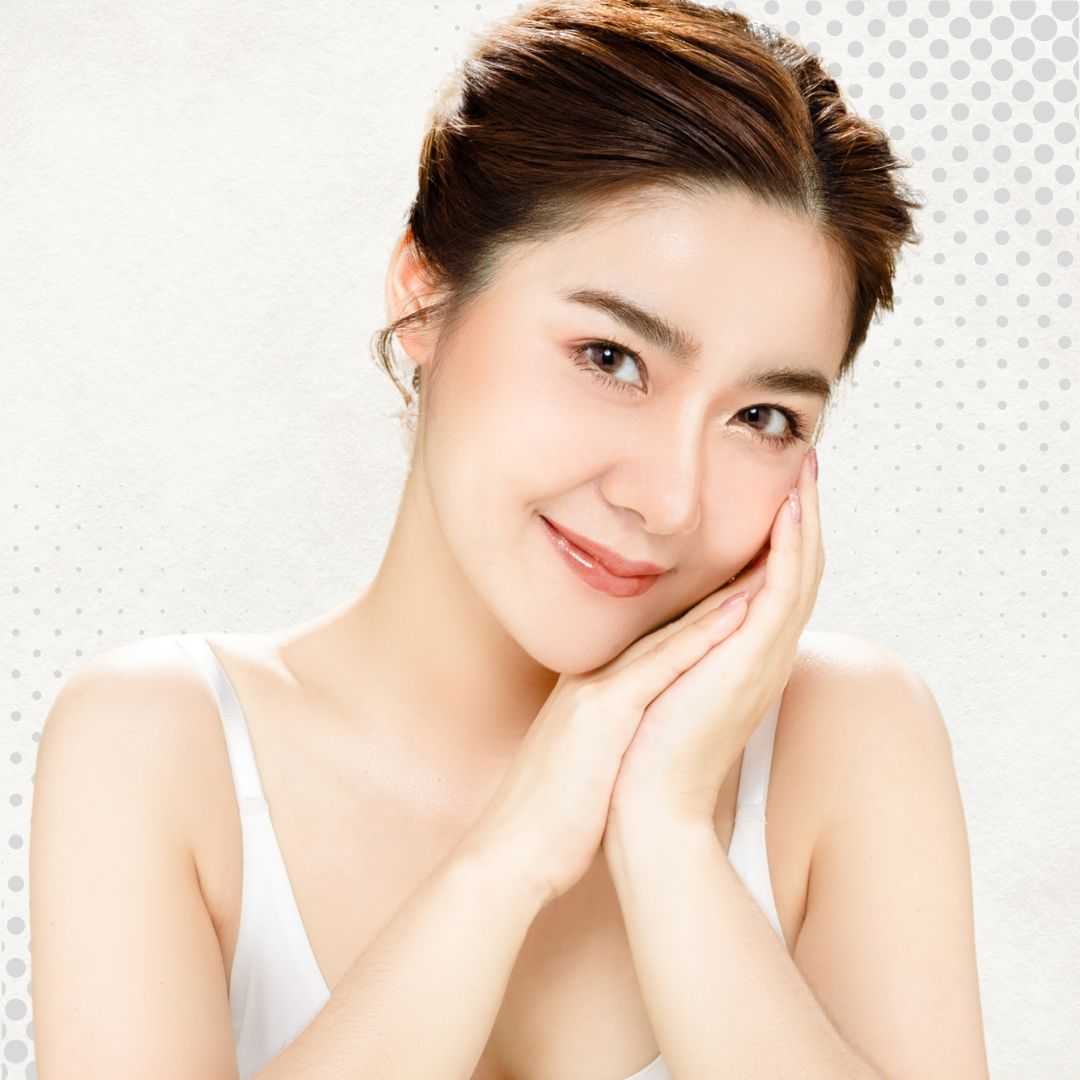






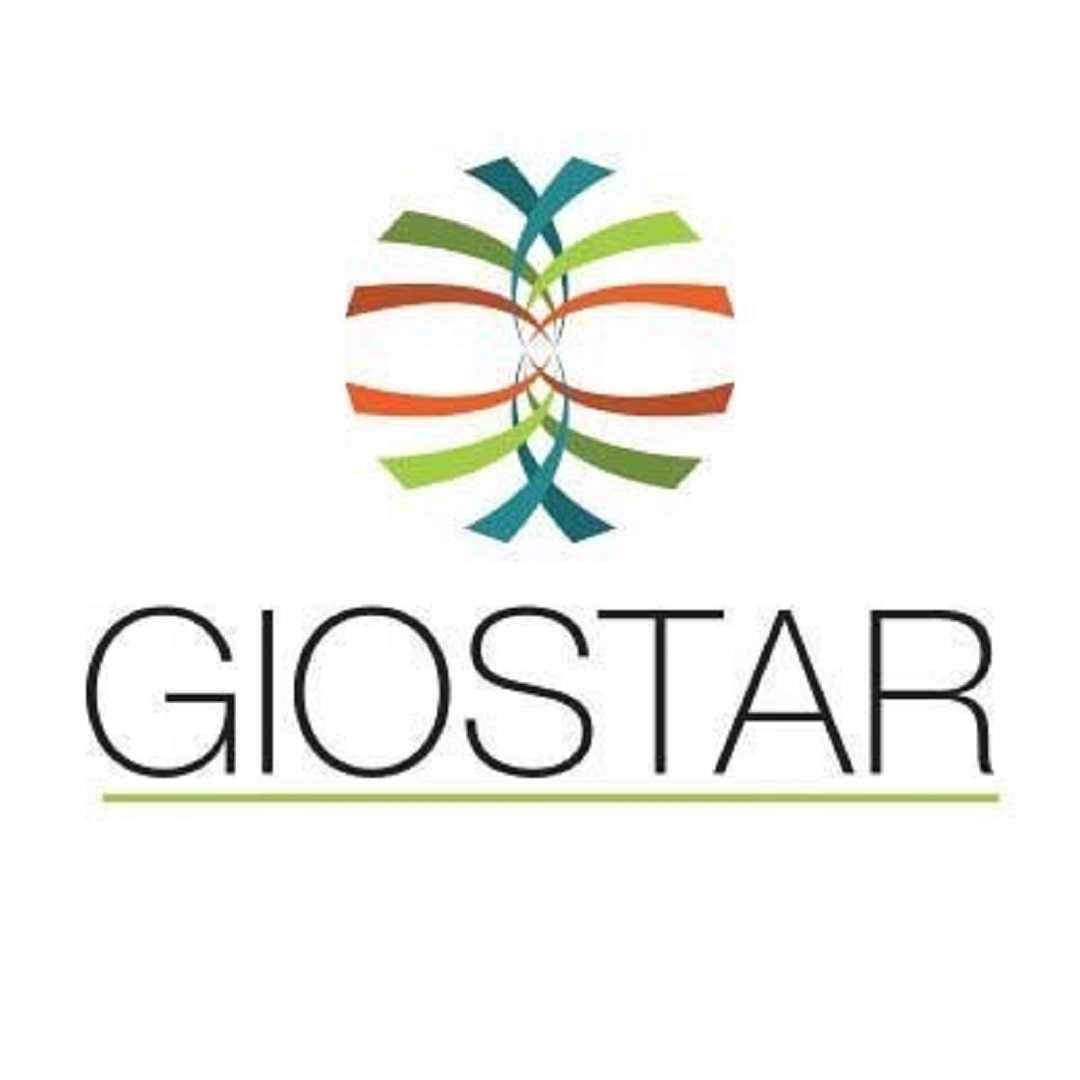

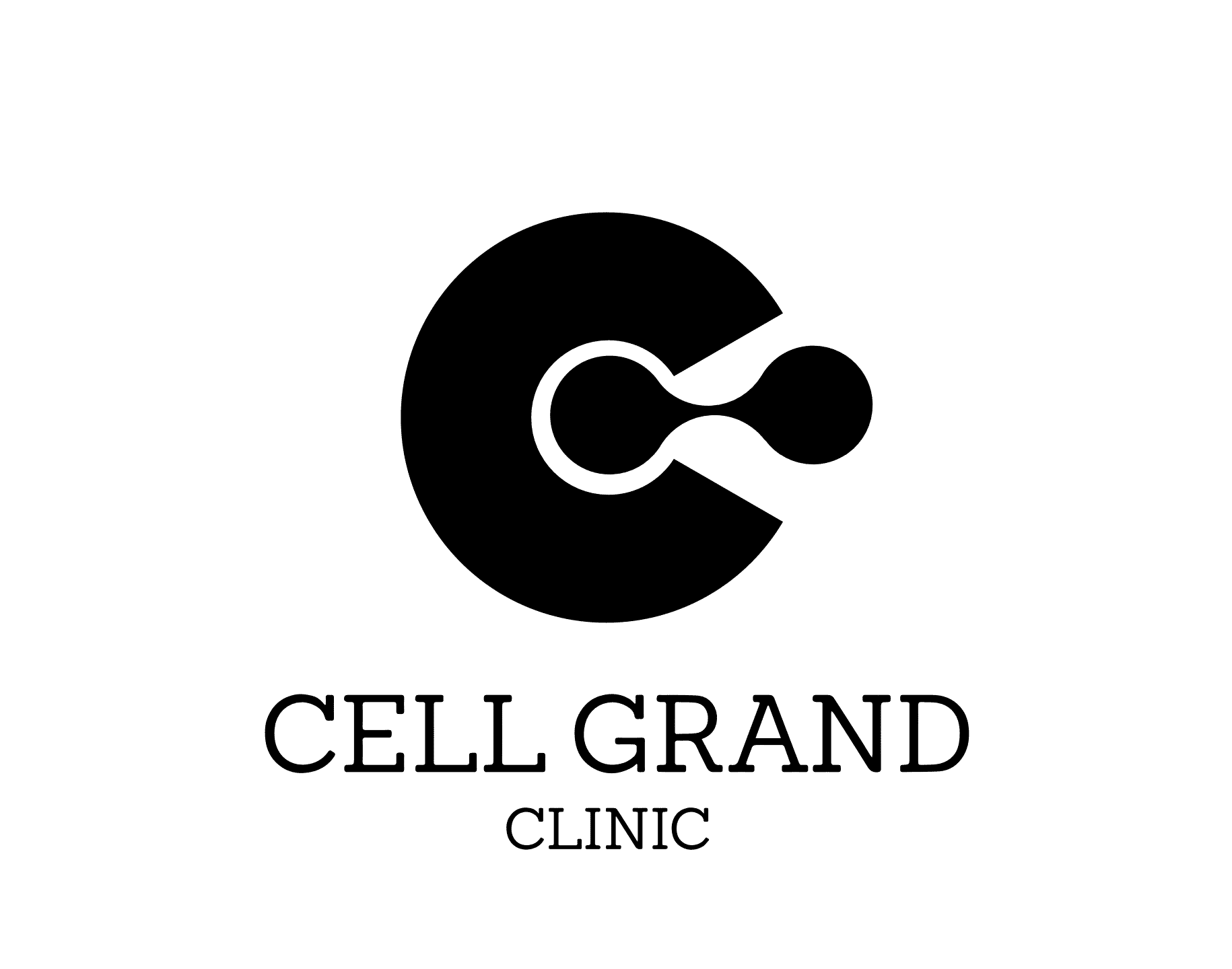

Share this listing